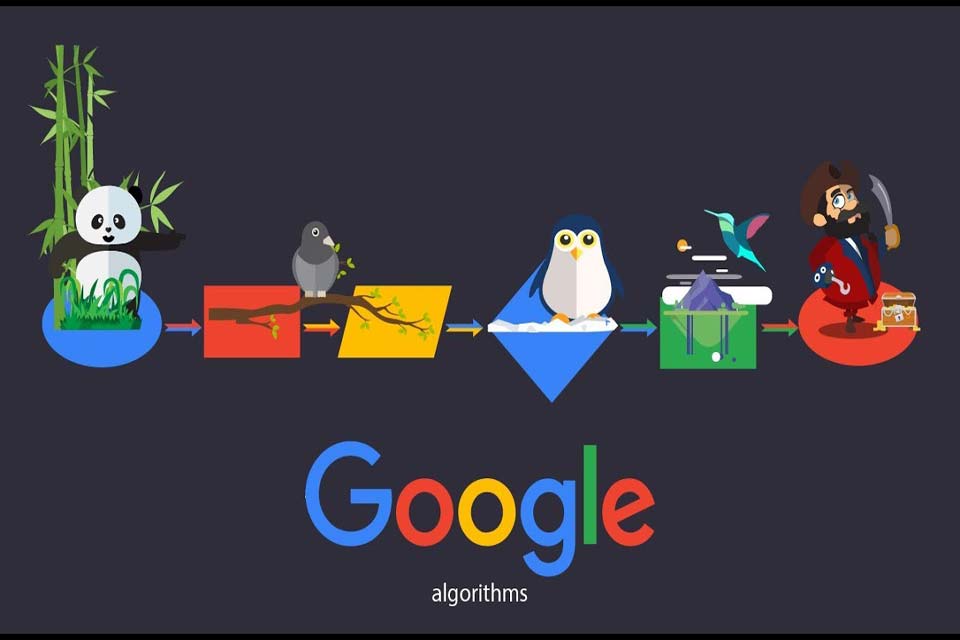Google dominates the internet search engine industry, so if you want your website to be ranked as high as possible, you should pay close attention to what Google says it is looking for. Over the years Google has sought to make its results the very best they can be and in doing so, have introduced several updates in terms of what they see as a positive and negative SEO practices.
Some of these updates had a devastating effect on thousands of websites who saw their ranking plummet overnight. The majority of these were websites whose SEO optimisation techniques had become undesirable to Google. By moving these sites down or out of their results completely Google expected that the people using their search engine where seeing higher quality results.
Here are the main updates Google have introduced in recent years and what they mean in terms of SEO practices.
Panda
Released in 2011, and still part of Google’s primary algorithm, the main objective of Panda was to tackle the number of websites with low-quality and spammy type content. Specifically, it penalised:
- Content stuffed with keywords
- Plagiarism and copyright infringements
- Duplicate content, especially within a website
- Low word count pages, or ‘thin content’
To avoid any of these penalties you should always ensure that any content on your website is good quality, is original, has at least 300 words, and reads naturally.
Penguin
Whilst Panda dealt with spammy content, a year later Google decided it wanted to address the issue of dubious backlinking practices. They sought out websites whose backlinking profiles were unnatural, and which seemed to be trying to manipulate Google linking algorithm. Penguin’s main targets were:
- Links which were bought or paid for
- Links with over optimised anchor text
- Links from sites that had no relevance to the target website
- Links from sites purely designed to provide backlinks such as link farms and PBNs
- Links from poor quality websites
Google does not have a problem with site owners building backlinks, in fact, it encourages it. However, what they want to see is a steady, natural growth of these backlinks. They also want the sites that link to you to be genuine websites rather than ones that have been created purely to link to yours.
Pirate
This is a less well-known update although its name should tell you what it is for. It was introduced to downgrade the ranking of websites that had been the subject of multiple copyright infringement notices. This led to a significant decline in the number of websites that offered free pirated copies of movies, music and books.
Hummingbird
We are back with animals again, and with the Hummingbird update Google changed the way in which it tried to interpreted search queries. It sought to understand the intention of the user, based on the search term that they entered, and then present them with search results that matched that intention.
This led to changes in keyword research within SEO, as the importance of exact match keywords was reduced, and synonyms or the meaning of words having to be given more consideration.
One of the best ways to take advantage of Hummingbird is to research the sorts of language and terminology that is used predominantly within your niche, especially those used by customers. Having your website, backlinks and content optimised for those is a positive as far as Google is concerned, which can only lead to higher rankings.
Pigeon
Another bird! This update mainly applies to websites who are targeting a local audience rather than an audience across the whole of the internet. It rewards websites who have a ‘Google My Business’ page, proper name, address, and phone numbers, plus those websites with links from local directories.

